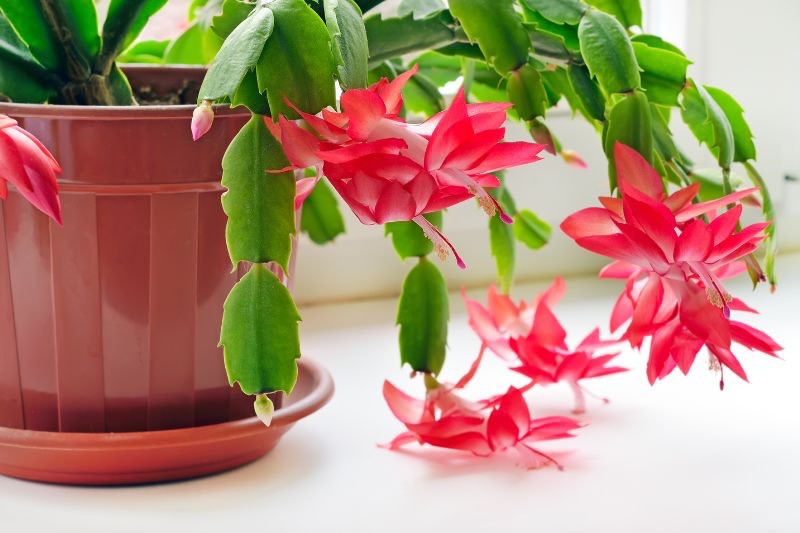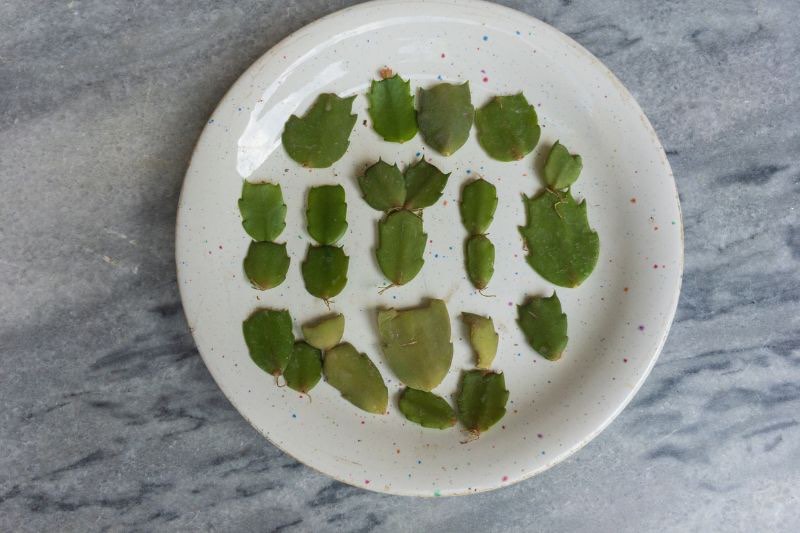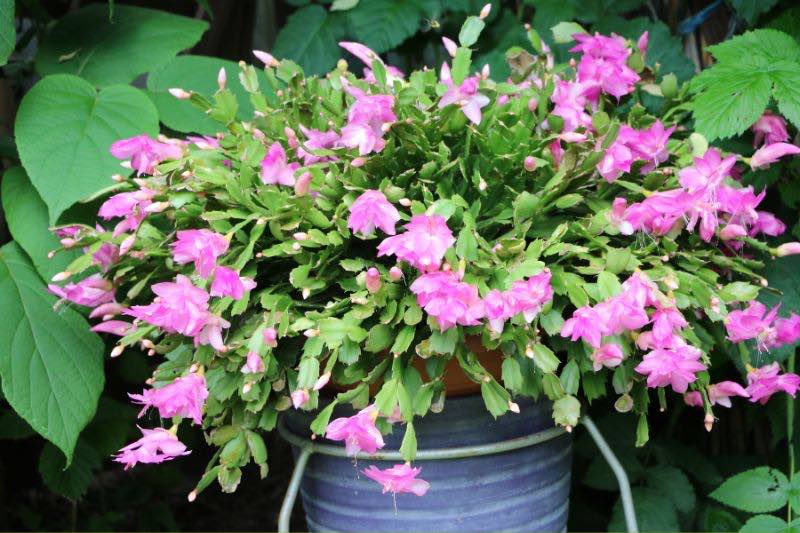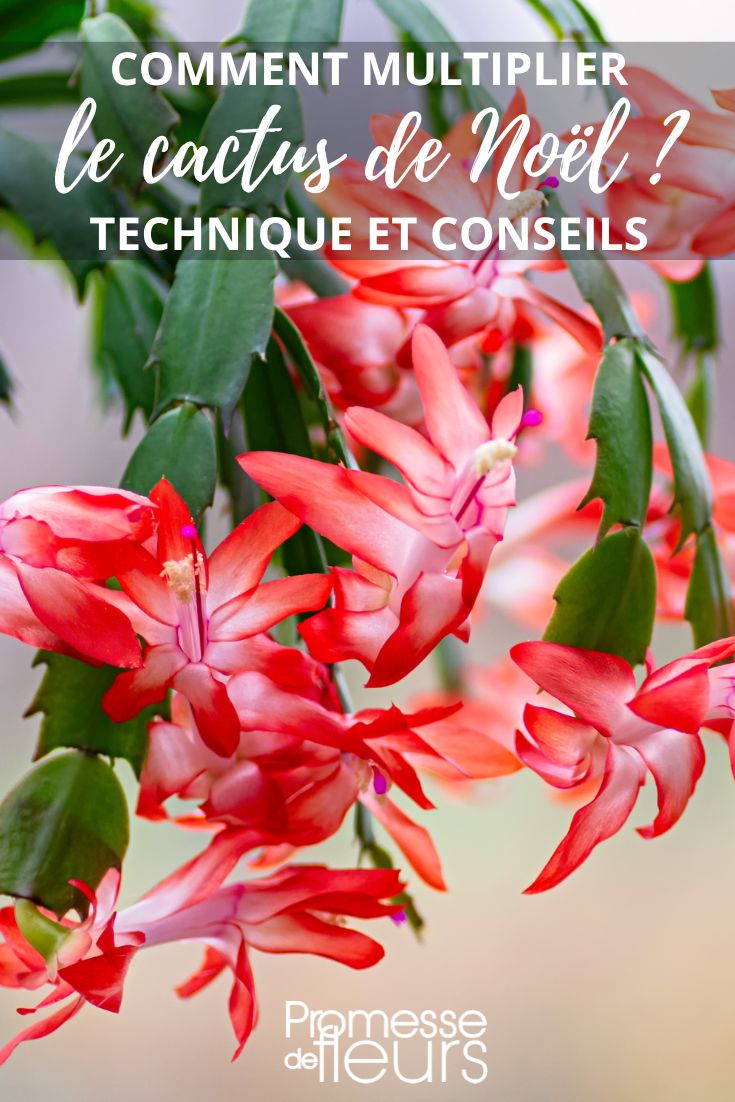Christmas cactus, or schlumbergera, is a prized houseplant for its spectacular winter flowering. Native to Brazil's tropical forests, this succulent plant does not sting and is distinguished by its trailing, segmented stems. Unlike most cacti, it bears bright, vivid-coloured flowers during the festive period, making it a particularly popular indoor plant. In the following paragraphs, we explore the different propagation techniques, propagation by cuttings and division, two proven methods that ensure success.

Why propagate Christmas cactus?
Propagating schlumbergera is a long-term approach that offers multiple advantages for any succulent plant enthusiast. This technique allows not only renewal of a collection, but also ensures longevity of houseplants. It is a way to save a plant that may be declining by producing new healthy, vigorous individuals. It is an economical way to expand an indoor garden without buying new plants. It is also a rewarding activity that lets gardeners of all levels take an active part in growth and propagation of their favourite plants. Finally, it is a way to offer a gift into which you have put time and care.
Propagating your Christmas cactus is a reliable method to preserve specific characteristics of the plant, especially if you have a specimen with a flowering or a form you particularly appreciate. Cuttings and divisions allow transmission of these genetic characteristics to new plants. Schlumbergera is particularly well suited to propagation, which can be carried out easily with a little know-how.
Different techniques
Propagation of Christmas cactus can be achieved by two main methods: propagation by cuttings and division. Each technique has its own advantages and can be chosen depending on the age and size of your plant.
- Propagation by cuttings is one of the most accessible methods to multiply schlumbergera. This technique involves taking stem segments which, placed under suitable conditions, will develop new roots and produce a new plant. Propagation by cuttings has several advantages: it is simple to carry out, requires little equipment and can be undertaken at almost any time of year, although some periods are more favourable than others.
- Division is a propagation method reserved for more mature Christmas cacti that have developed a dense, bushy root system. This technique involves physically separating the plant into several parts, each with a portion of roots, and then replanting them individually. Division is particularly useful to revitalise plants that have become too large for their pot or that are showing signs of ageing. It also helps control plant size.
Propagation by cuttings
Cuttings allow creation of a new Christmas cactus from a stem segment. The ideal time is just after flowering, usually in early spring. This is when the plant enters an active growth phase, which aids rooting of cuttings. The plant comes out of its winter dormancy and longer, brighter days stimulate growth. It is also the moment when the plant is most resilient and able to recover quickly after trimming.
Besides season, other factors must be considered. Excessive humidity can promote rot of cuttings, while too-low temperature can slow their growth. Moderate watering is essential to avoid substrate saturation and provide best conditions for rooting.
Here is how to proceed, step by step:
- Select healthy parts, preferably those with 2 to 3 leaf segments.
- Use a clean knife or scissors to gently detach the segment from the main stem.
- Let cuttings dry for a few days to allow the wound to callus, which reduces risk of rot once planted.

- Fill a pot with potting mix suitable for succulent plants, ensuring good drainage.
- Moisten the substrate lightly without saturating it.
- Gently insert the end of the cutting into the potting mix.
- Place the pot in a bright spot, but out of direct sunlight.
- Keep the substrate slightly moist and wait for cuttings to root, which can take several weeks.
Division
Division consists of separating the parent plant into several parts, each with its own root system, and then growing them individually. Division is ideal for Christmas cacti that have reached a considerable size and whose pot seems too small to contain the plant. This situation often occurs after several years of growth, when the plant starts to show signs of stress due to restricted space. Dividing the Christmas cactus revitalises the parent plant by giving it more room to grow, while also multiplying your number of plants.
- Prepare necessary equipment: new pots, fresh potting mix for succulent plants, and a clean knife or scissors.
- Gently remove the parent plant from its pot, taking care not to damage the roots.
- Examine the root system and identify natural sections where the plant can be separated. Look for areas where the plant forms clumps or distinct segments.
- Use your hands or a clean knife to separate the plant sections, ensuring each new section has a sufficient share of roots.
- Replant each section in its own pot with fresh potting mix, firming gently around roots to remove air pockets.
- Water lightly to help establish plants in their new medium and place them in a well-lit spot, sheltered from direct sunlight.

Care
Young plants from cuttings or divisions need particular attention. Keep substrate moist, but not waterlogged, and avoid overwatering which could lead to root rot. Place pots in a bright spot, but out of direct sun, and away from cold or hot drafts. Ideal temperature for Christmas cactus growth is between 18 and 22 °C.
Equipment
Here is a list of recommended tools and substrates:
- Sharp knife or pruning shear : they should be clean and disinfected to avoid transmitting diseases to the plant.
- Planting pots : choose pots with drainage holes to prevent water accumulation.
- Potting mix for cacti and succulent plants : a well-draining substrate is crucial for root health.
- Perlite : adding this material can improve soil drainage and aeration.
- Mister : to moisten substrate without soaking it.
































Comments